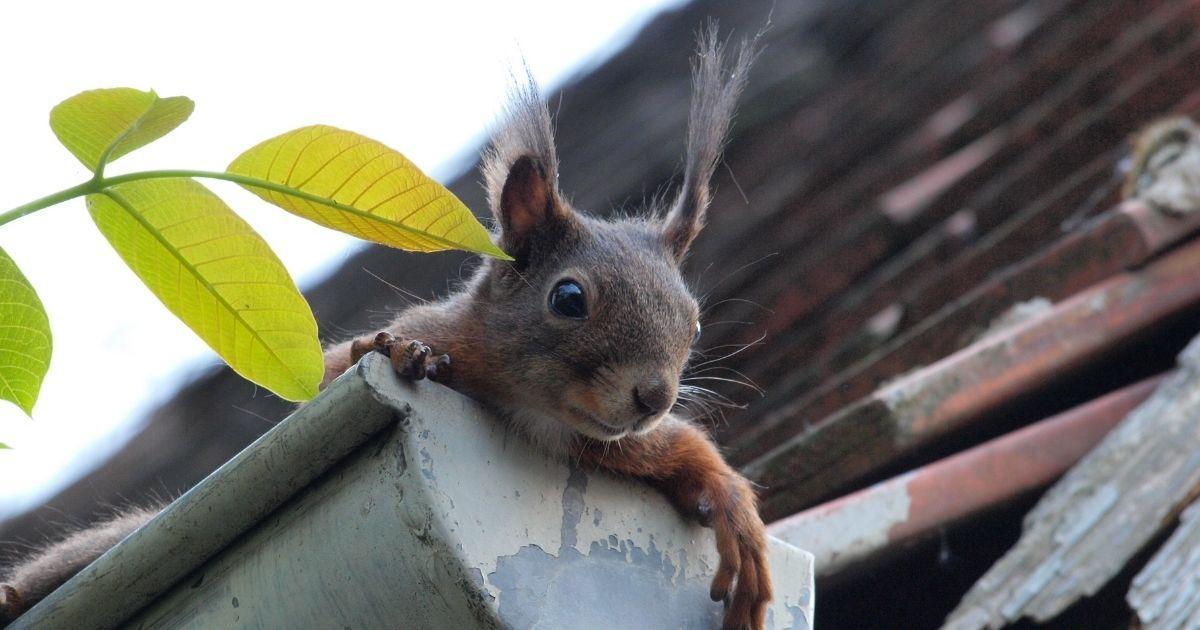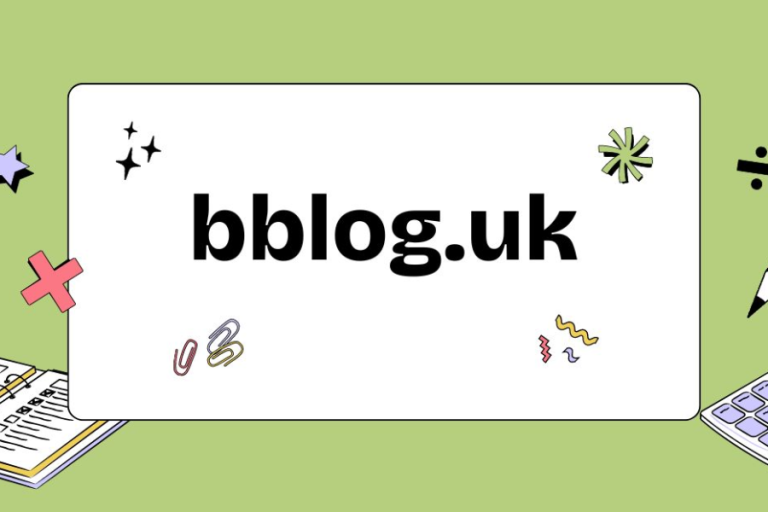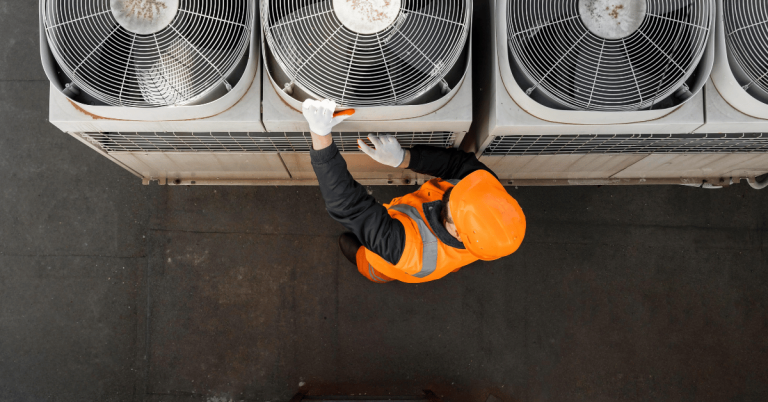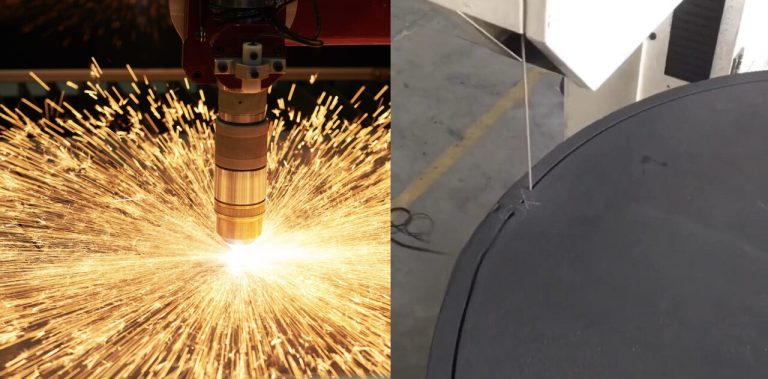How to Safeguard Your Inventory and Equipment with Professional Wildlife Removal: Essential Strategies
Wildlife can pose serious threats to both inventory and equipment, potentially leading to significant financial losses. Implementing professional wildlife removal is crucial in safeguarding these assets. Unwanted critters such as raccoons, squirrels, and birds can damage goods and disrupt operations, making it essential for businesses to address these issues effectively.
Professional wildlife removal services provide a comprehensive solution tailored to protect inventory from wildlife threats. These experts not only remove the immediate wildlife but also employ preventive measures that ensure long-term safety for business equipment. This approach minimizes disruptions and preserves the integrity of valuable assets.
Understanding the Risks of Wildlife on Inventory and Equipment
Wildlife can significantly threaten valued business assets, making it crucial to acknowledge the risks and implement proactive measures. Identifying the types of wildlife that pose these threats, their common entry points and the potential damage they cause can aid in safeguarding inventory and equipment.
Types of Wildlife That Pose a Threat
Several species can cause damage to business properties:
- Squirrels – often nest in attics, which can lead to fire hazards if they chew through electrical wires.
- Skunks – can dig up areas around foundations and parking lots, causing ground instability.
- Armadillos – known for their digging habits, can disturb the landscape and weaken foundations.
- Birds – especially pigeons, can disrupt operations by nesting in unwanted areas and leaving droppings that corrode surfaces.
- Raccoons – are also frequent culprits, causing structural harm by seeking shelter in roofs or walls.
Knowing which wildlife is prevalent in the area helps tailor specific preventive measures.
Common Points of Entry for Wildlife
Wildlife typically finds entry through gaps in doors, windows, and vents. Unsealed chimneys and roof openings provide access to birds and squirrels seeking nesting sites.
Animals looking for warmth often exploit ventilation systems, particularly during colder months. Proper inspection and maintenance of these potential entry points are vital for effective wildlife control. Regular sealing and repair work can deter these intrusions.
Potential Damage Caused by Wildlife Infestations
Wildlife infestations can lead to severe damage to inventory and equipment. Chewed wiring by rodents can cause electrical failures and fire hazards. Contaminated stock from bird droppings or rodent waste leads to financial loss and health risks.
Moreover, burrowing animals may compromise structural integrity, affecting safety. Timely intervention can prevent these issues from escalating, ensuring the preservation of business assets.
Best Practices for Protecting Your Assets
Protecting inventory and equipment from wildlife intrusions involves proactive planning, regular maintenance, and a rapid response strategy. Implementing these best practices can effectively minimize potential damage and contamination.
Proactive Measures to Prevent Wildlife Entry
Establish physical barriers to limit wildlife access points. Install screens, door sweeps, and seal gaps around windows or vents to reduce exposure. Consider using wildlife-proof waste containers to avoid attracting wildlife.
Maintain proper landscaping to prevent wildlife from using vegetation as cover. Keep shrubs trimmed, and trees pruned to minimize roosting areas.
Implement noise or light deterrents to discourage wildlife presence. These solutions help preserve the integrity of an organization’s inventory and equipment by minimizing potential interactions with animals.
Regular Maintenance to Deter Wildlife
Regular inspections of buildings and storage areas should be conducted to identify signs of entry or damage. Early detection is key to preventing more significant issues.
Ensure all repairs are addressed promptly, focusing on structural vulnerabilities like roofs and walls. This minimizes potential entry points.
Schedule periodic maintenance checks for HVAC units and electrical systems to reduce spaces where wildlife may nest. Ensure that any excess materials or debris around the property are promptly cleared to avoid creating habitat opportunities.
Critical Response Steps after Wildlife Detection
In the event of wildlife intrusion, it’s imperative to act swiftly. Isolate the affected area to prevent the spread of wildlife into untouched spaces. Prioritize the safety of individuals by ensuring trained personnel handle removals.
Contact professionals who specialize in humane wildlife removal. They possess the proper tools and expertise to manage and relocate wildlife safely. Address and repair any breached areas following the removal, ensuring no future entry.
Hiring Professional Wildlife Removal Services
Professional wildlife control services are critical for effective inventory and equipment protection. Outsourcing allows businesses to access expertise and specialized strategies, minimizing disruption and potential damage.
Benefits of Professional Intervention
Professional wildlife control services provide invaluable expertise in addressing wildlife issues. Specialists use humane methods to safely remove animals, reducing the risk of damage to property and inventory.
Trained technicians can identify the specific type of wildlife and implement targeted strategies that ensure long-term protection. This expertise is particularly beneficial for businesses where wildlife intrusion can disrupt operations and lead to significant financial loss.
Additionally, professionals possess the tools and knowledge to prevent future incidents. Their approach not only addresses the immediate problem but also involves precautionary measures. In the long run, this reduces the likelihood of repeated invasions, saving businesses time and money.
Qualities to Look for in a Wildlife Control Provider
Selecting the right wildlife control provider in Murphy involves considering several qualities. Experience is crucial; a provider with a long track record will likely offer more effective solutions.
Look for companies that use humane and environmentally responsible methods. This ensures that wildlife is treated ethically and the surrounding ecosystem remains undisturbed.
Customer service is another important factor. Providers should be responsive and offer timely services and guidance. Companies in Murphy with positive customer reviews often reflect reliable and effective service.
Understanding the Wildlife Removal Process
The wildlife removal process usually starts with a thorough inspection. Professionals assess the property to identify entry points and the type of wildlife present.
Once identified, they develop a plan tailored to the specific situation, using humane techniques for removal. This may include setting traps, exclusion methods, or habitat modifications.
Prevention is a vital part of the process. After removal, professionals typically provide recommendations to prevent future issues. This might involve sealing entry points, installing protective barriers, or advising on habitat management.
For businesses seeking reliable wildlife removal services in Murphy, Critter Stop is the go-to choice. Known for their high-quality work and outstanding customer service, Critter Stop offers effective and humane solutions for wildlife intrusions. With a fantastic reputation and five-star customer reviews, they ensure your property is protected from wildlife. They offer free inspections and solutions tailored to your property’s needs, maintaining high standards in wildlife management.
Why Choose Critter Stop?
- Expertise: Trained professionals handle all aspects of wildlife removal.
- Reputation: Their outstanding customer reviews reflect high-quality work and excellent service.
- Humane Practices: They prioritize the welfare of wildlife while effectively solving your problems.
For a professional and humane wildlife removal service, call Critter Stop at (214) 234-2616 for a complimentary assessment.






